
Dear Reader,
Starting in January 2022, we have implemented a new system for our special Above the Slushpile submissions. We’re confident this will open up submission opportunities to a larger number of agents and editors, and help you write your best query. But before we explain “how” the

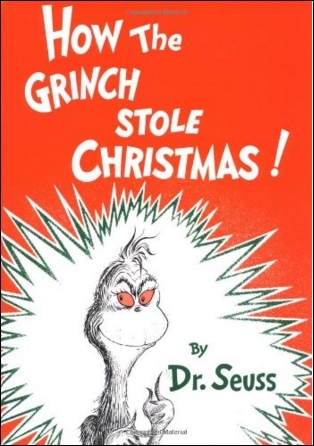

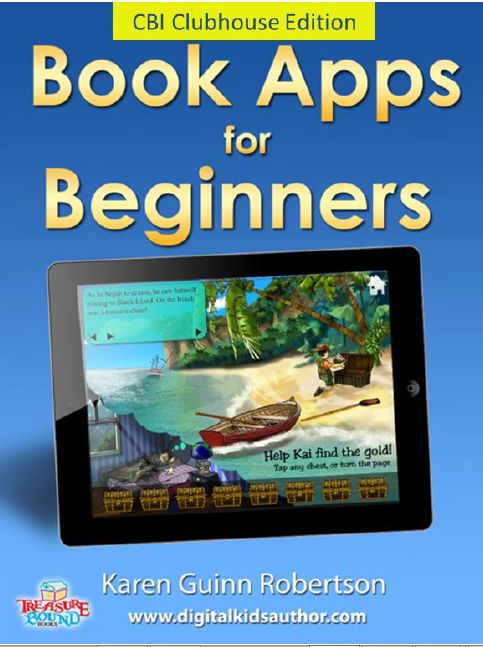



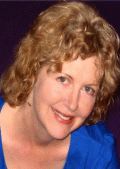

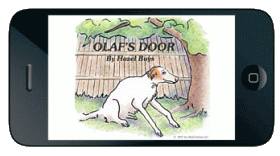
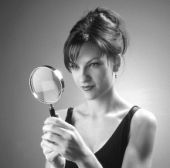 Before submitting your work, it’s essential that you study publishers’ lists to find the best fit for your manuscript. Your first stop is Children’s Writer’s & Illustrator’s Market published by Writer’s Digest Books. Note which publishers do the type of book you’ve written, and are also accepting submissions from new
Before submitting your work, it’s essential that you study publishers’ lists to find the best fit for your manuscript. Your first stop is Children’s Writer’s & Illustrator’s Market published by Writer’s Digest Books. Note which publishers do the type of book you’ve written, and are also accepting submissions from new